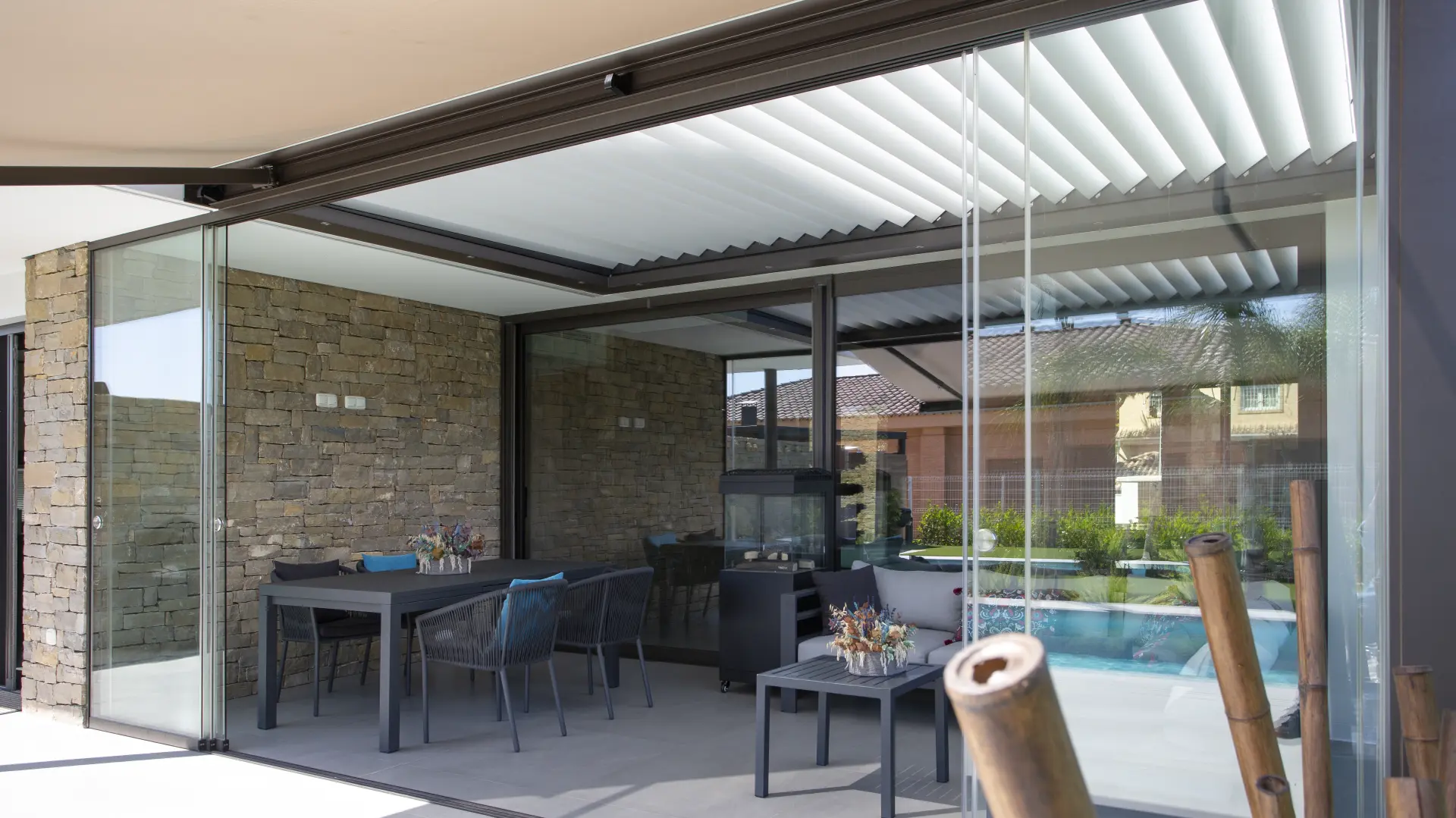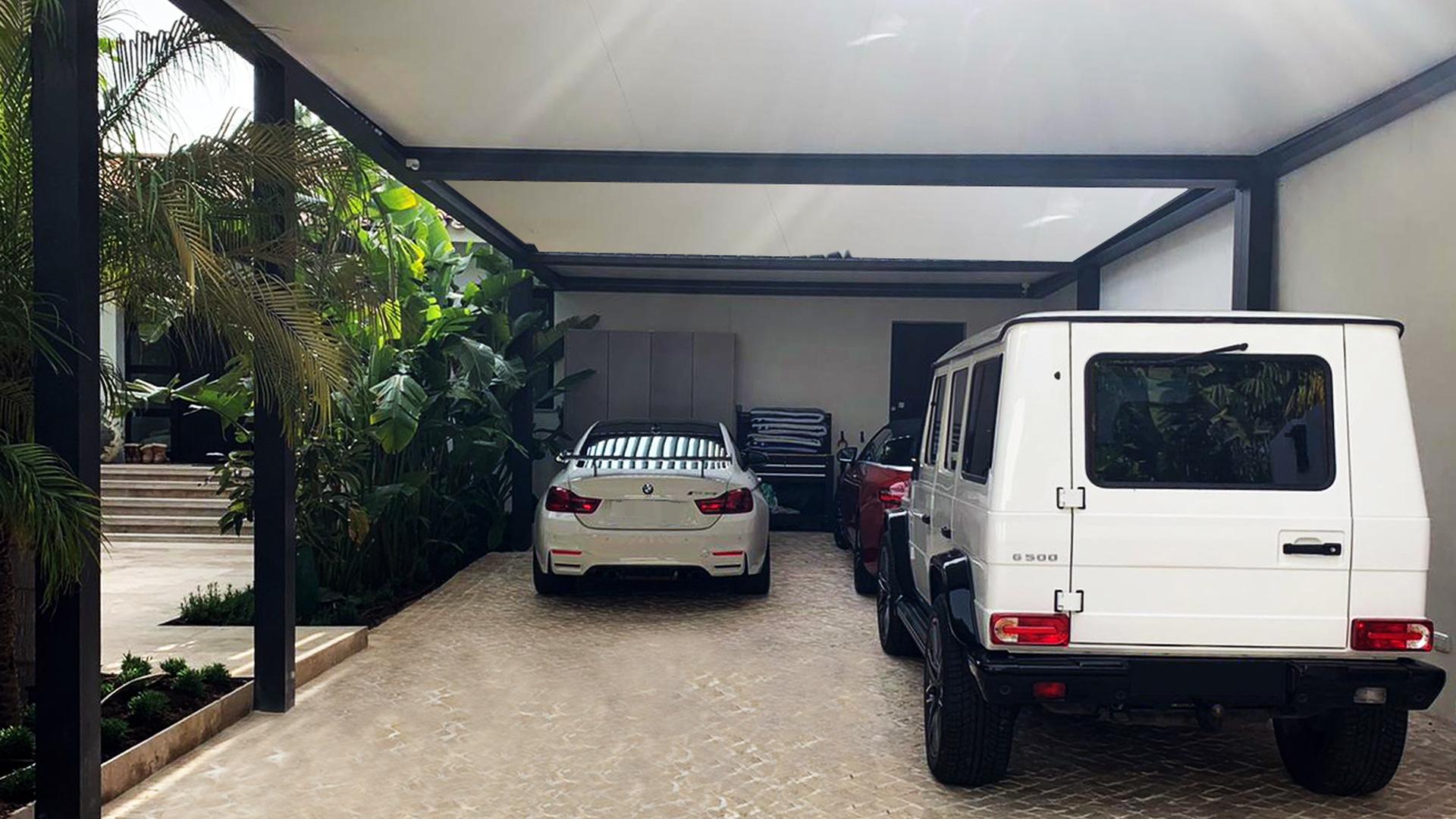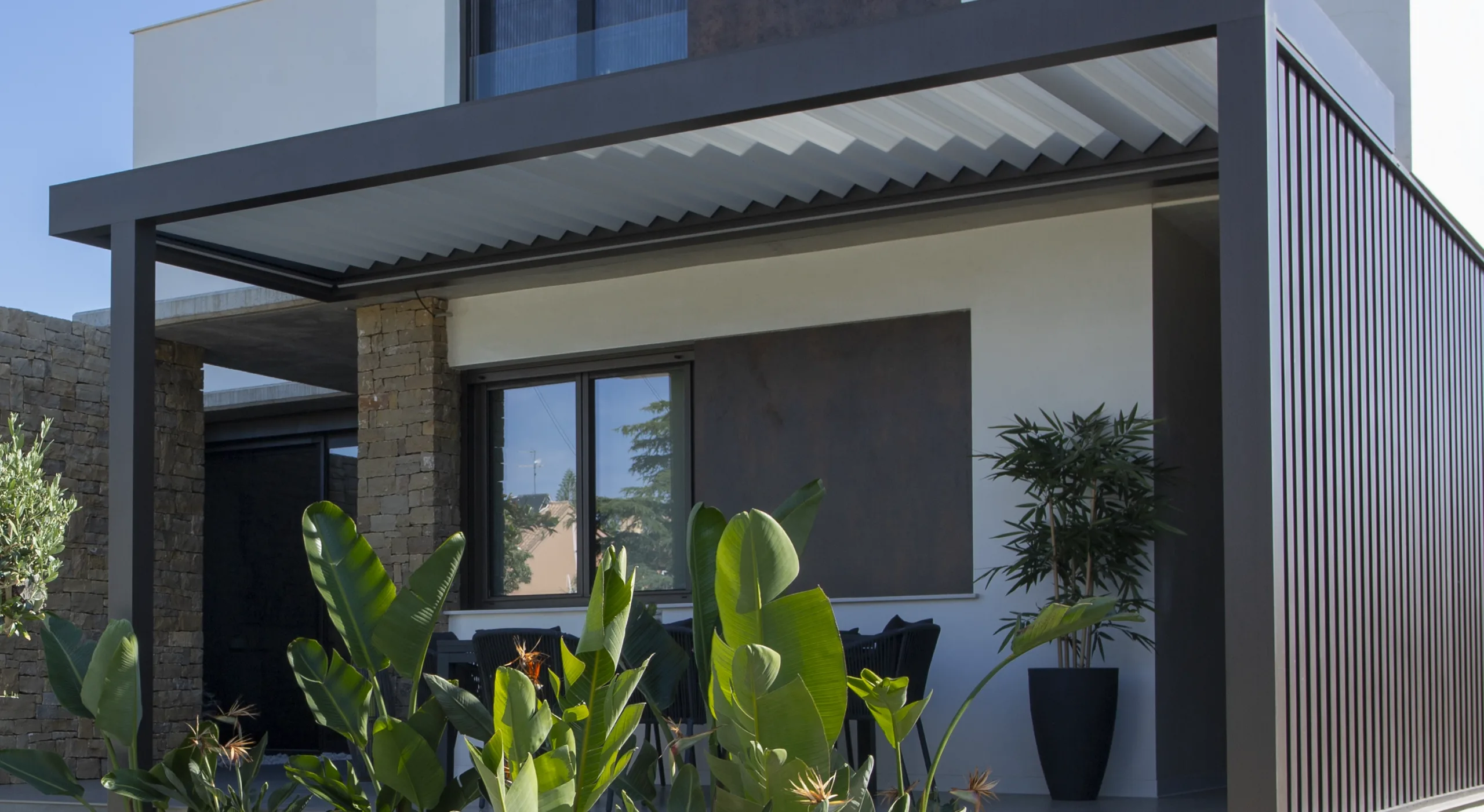For this type of home, low energy consumption is already a lot. If you are wondering where the concept comes from, we must go back to Germany in the 80s, when the search for zero energy consumption was proven to be possible. Which in turn meant increasing respect for the environment and, if we go personally, a considerable saving on household bills.
And although this architectural style was initially designed for new constructions, it can also be incorporated into existing homes.
What is a Passive House or Passive House?
You must be clear from the first moment that this methodology is based on the precepts of the bioclimatic architecture, maximizing the use of natural resources to guarantee thermal comfort and minimize energy expenditure.
If there is something that has attracted the attention of architecture and engineering studies in recent times, it is the evolution in the thermal quality of insulating materials.
And is not for less.
Who wouldn't like a home where walls, windows and doors not only serve as physical barriers, but act as thermal guardians, keeping you warm in winter and cool in summer?
But what makes this trend so revolutionary?
Well, it's not just isolation per se. It is the combination of this with the ingenious use of internal heat sources. Yes, we are referring to those electrical devices that we use daily in our homes, from the refrigerator to the computer. These devices, which were previously seen only as energy consumers, are now considered “allies” in the thermal regulation of our spaces.
And well, for us, the icing on the cake is the minimization of ventilation losses that is achieved. Modern systems not only renew the air, but with a controlled approach and heat recovery, they ensure that we are not “throwing” energy out the window.
For this and other reasons, these practices are increasingly in demand, and it is easy to understand why. Not only do they represent long-term economic savings, but they also They are a step towards sustainable construction and care for the environment.
So, the next time you hear about the “thermal revolution” in architecture, you will already know what it is about. And, who knows, maybe you'll be encouraged to implement some of these solutions in your own home, such as installation of a bioclimatic pergola to make even more use of those spaces in your home or workplace (hotels, restaurants, etc.).
The future is now, and it is warm. Or fresh, as you prefer.
Advantages of passive houses
Let's recap. Passive houses are distinguished by:
Superior thermal insulation: Its walls, windows and doors are designed to counteract heat loss in winter and prevent excess heat loss in summer.
Mechanical ventilation with heat recovery: Although the air renewal is mechanical, a system is used that retains the heat of the expelled air.
Bioclimatic design: The orientation of the home is prioritized to benefit from sunlight and wind currents.
Once this is understood, what are the benefits of betting on a passive house?
- Energy efficiency: They consume up to 90% less energy for heating and cooling compared to traditional buildings. It is a fact.
- Thermal comfort: Thanks to their design and insulation, they will maintain a constant and pleasant interior temperature throughout the year. Go barefoot all year round at home? If possible.
- Economic savings: Although we have to recognize that it is long term, as energy consumption is reduced, your heating and electricity bills will follow the same path.
- Indoor air quality: Mechanical ventilation with heat recovery will ensure that you have constant air renewal, thus improving its quality and also eliminating possible contaminants.
- Reduction of ecological footprint: By consuming less energy, passive houses contribute to the reduction of CO2 emissions and other greenhouse gases.
- Durability: As high-quality materials and construction techniques are used, we are talking about a longer useful life of the home.
- Acoustic protection: In case you didn't know, thermal insulation also works as acoustic insulation. Which offers us a quieter interior environment free of external noise.
- Resale Value: You've already seen how the real estate market is. Given the growing demand for sustainable and efficient homes, passive houses are at the top of the list. The favorites. That's right.
- Energy independence: By reducing dependence on external energy sources, passive houses can more easily adapt to renewable energy solutions, such as solar panels. Yes, the same ones that wear our photovoltaic pergolas.
- Health & Wellness: Say goodbye to colds. By guaranteeing an indoor environment with stable temperatures, without cold drafts and with excellent air quality, you will achieve a healthier environment for you and yours.

Installation of pergolas in passive houses
As you already know, bioclimatic pergolas are made up of adjustable slats that allow the entry of light and ventilation to be regulated. That is, in summer, the slats can be closed to protect from the sun and heat and in winter, you can open them to take advantage of sunlight and heat.
It is important to choose or configure your pergola to measure so that it is made with high quality materials and with a bioclimatic design.
Types of pergolas for passive houses or passive houses
As we have already explained, passive houses are homes designed under strict energy efficiency criteria, seeking a perfect balance between interior comfort and minimal energy consumption. In this context, pergolas are presented as an ideal solution to complement these principles.
They allow us to take advantage of the different spaces outside the home, guaranteeing maximum protection without ever having to give up the most authentic contact with the outdoors. In a passive house, where energy optimization is essential, these structures can act as additional thermal barriers, regulating the entry of sunlight and helping to maintain a stable interior temperature.
Elegant and discreet structures that, thanks to a highly personalized design, know how to introduce themselves coherently into urban and natural contexts.
In the case of passive houses, this coherence is even more relevant. The integration of pergolas in these homes must not only be aesthetically pleasing, but also functional, enhancing the bioclimatic characteristics of the home.
Pergolas for gardens
Are you looking for the perfect ally for energy efficiency? The garden pergolasIn addition to offering an outdoor relaxation space, they act as thermal barriers, regulating sunlight and contributing to the thermal comfort of your home.
Its personalized design integrates harmoniously into the environment, enhancing the aesthetics and functionality of the garden, while reinforcing the principles of sustainability of housing.
pergolas between walls
Installed between the exterior walls of the home, these pergolas make the most of thermal regulation, adapting to climatic conditions. Its design allows a optimal sunlight management, creating protected and comfortable outdoor spaces. In a passive house, its integration reinforces energy efficiency, fusing aesthetics and sustainability in a single element.
Don't think twice and take advantage of that space that you have dying of laughter on the terrace of your house.
Pergolas for parking lots
Did you want to combine functionality with sustainability? Well, with this type of pergola you will not only get protection for vehicles against inclement weather, but they will also act as thermal barriers, minimizing the impact of heat in the adjacent areas of the home.
That added to a passive house, in which the design incorporates materials and techniques that reflect or absorb solar radiation, we contribute even more to the thermal regulation of the environment and reinforcing the energy efficiency of the home.

Pool pergolas
Pergolas for swimming pools already provide added value to the leisure and relaxation space. But beyond providing shade and protection from the sun, these structures can be designed to improve the energy efficiency of the environment.
If we also talk about a passive house, the pergola can help regulate the water temperature, reducing the need for heating or cooling systems for the pool.
Solar or photovoltaic pergolas
If you are looking for the perfect example of symbiosis, installing this type of pergola in a passive house will surely work for you.
And these structures not only give us shade and protection. They integrate solar panels that capture the sun's energy. And what can we do with this energy? Hint: it can be used to power not only the space covered by the pergola, but you can direct it towards the home, further reducing its dependence on external energy sources.
Importance of the bioclimatic structure in passive houses or passive houses
As we explained at the beginning of the article, passive houses are based on the concept of bioclimatic architecture, who seeks the perfect balance between architectural design and climatic conditions of the environment.
We refer to the need to understand and take advantage of the natural conditions of the place. The orientation of the sun. The prevailing winds. What thermal characteristics does the soil have? Passive houses incorporate all these principles to guarantee interior comfort with minimal energy consumption.
Furthermore, by being based on bioclimatic architecture, they adopt constructive solutions that respond to climatic variations. See include elements such as triple-glazed windows, high-performance insulation and controlled ventilation systems.
Let's face it. Embracing bioclimatic architecture is not only an ecological choice, but a commitment to comfort and efficiency in our home.
If you don't know where to start, if you have doubts or questions, remember that you have our team of professional technicians at your disposal to clarify any questions you may have.
Request Information
You have doubts? Do you want information about solar or photovoltaic pergolas? Fill out the form and we will contact you as soon as possible to help you.


